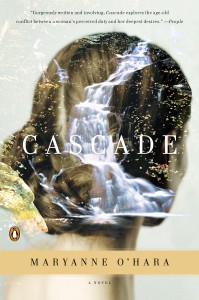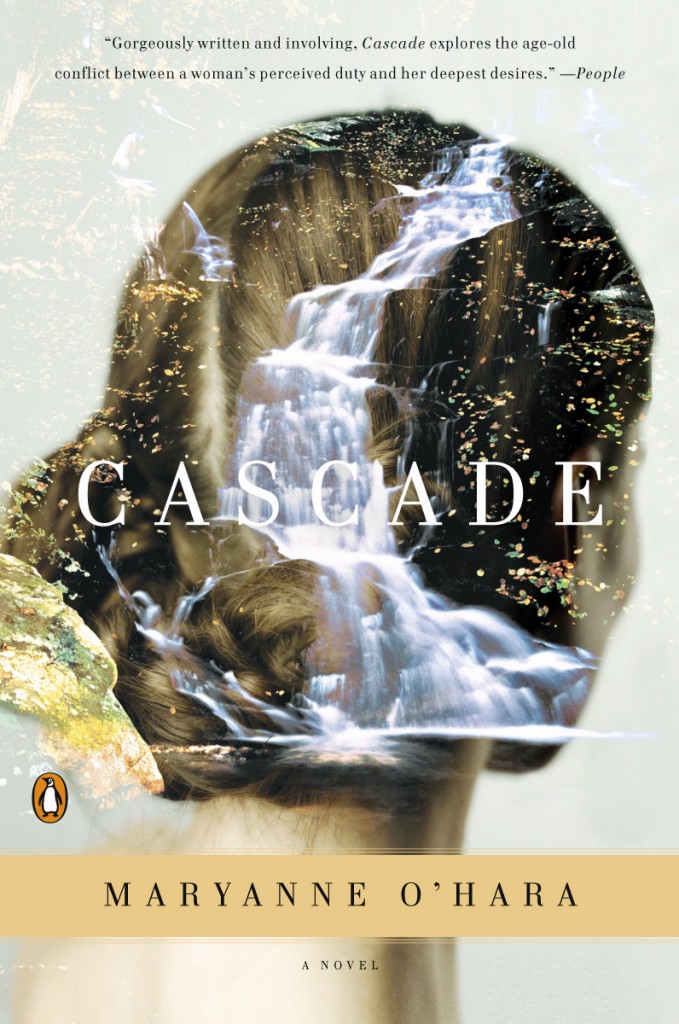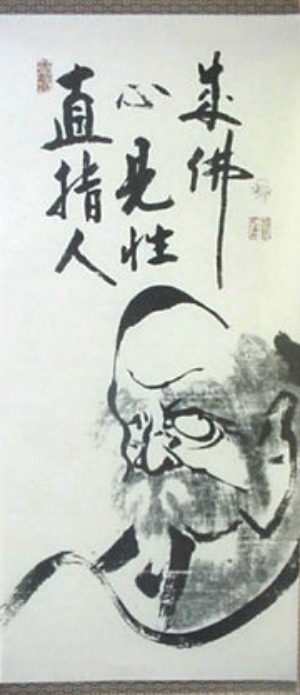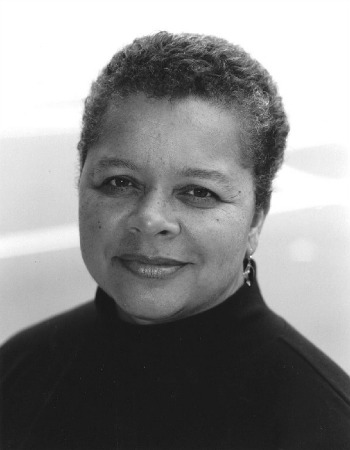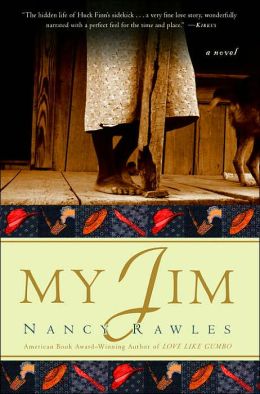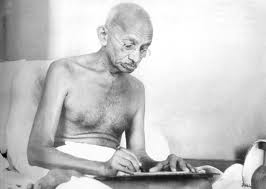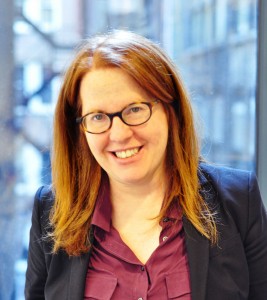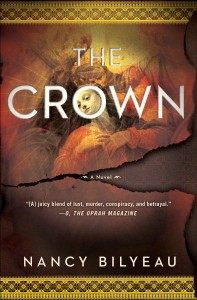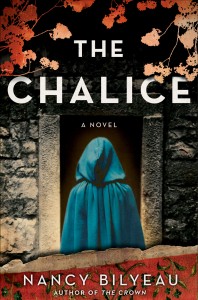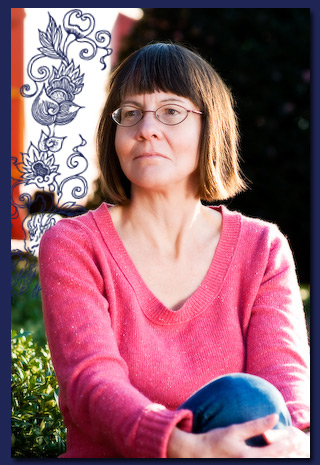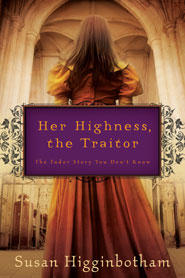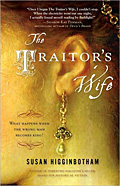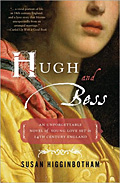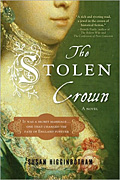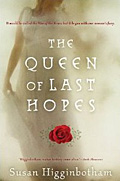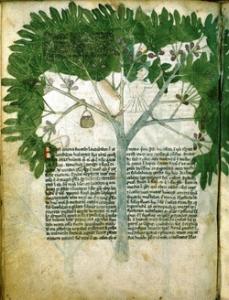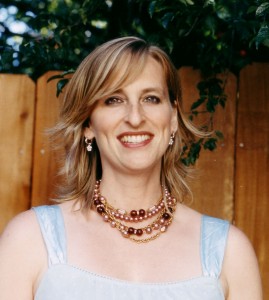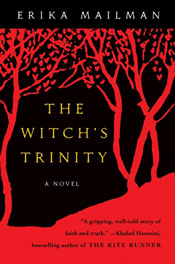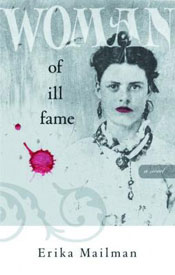I love to read fiction with art and artists. Do you? Do you have some favorite titles to share here? Recently, author Susan Vreelend, preeminent writer of novels focusing and drawing from the visual arts, asked on Facebook for readers to submit titles of books that have what she calls: “art tie-ins”. After some weeks she amassed more than 100 titles! Art in fiction is a growing niche. I’ve been voraciously reading these art-based novels as this is also my passion in writing and reading.
My current top 7 favorites (and these are not in any particular order — I love them all equally but for different reasons, the numbering is for organisation only):
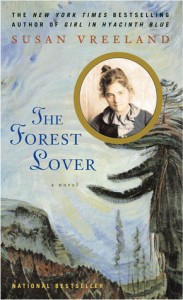 1. The Forest Lover by Susan Vreeland
1. The Forest Lover by Susan Vreeland
“She sat very still, listening to a stream gurgling, the breeze soughing through upper branches, the melodious kloo-klack of ravens, the nyeep-nyeep of nuthatches – all sounds chokingly beautiful. She felt she could hear the cool clean breath of growing things – fern fronds, maple leaves, white trillium petals, tree trunks, each in its rightful place.”
― Susan Vreeland, The Forest Lover
This one of my all-time favorite novels. The writing is gorgeous and evocative of the majestic Pacific Northwest of North America and 19th century Canadian painter/writer, Emily Carr — her painting, her struggle, her love of this special place — its native people and culture.
“She knew better: when artistry seems most elusive is when you must focus, dig deep, and force yourself to think about how to give form to an idea that seems too vague to express.”
― Maryanne O’Hara
I really loved this story: tension on every page as you are plunged into the plight of the female painter. I could relate profoundly to the protagonist, I being a working visual artist for the last 20 years.
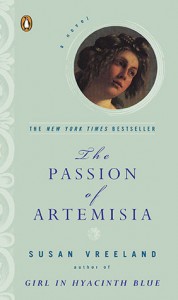 3. The Passion of Artemisia by Susan Vreeland
3. The Passion of Artemisia by Susan Vreeland
“I remember being disappointed when Papa had shown me Caravaggio’s Judith. She was completely passive while she was sawing through a man’s neck. Caravaggio gave all the feeling to the man. Apparently, he couldn’t imagine a woman to have a single thought. I wanted to paint her thoughts, if such a thing were possible — determination and concentration and belief in the absolute necessity of the act. The fate of her people resting on her shoulders…” ― Susan Vreeland, The Passion of Artemisia
This is an important and fascinating story about Italian painter Artemisia Gentileschi. I wish for everyone to read it and learn about her story and incredible paintings.
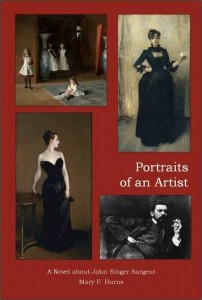 4. Portraits of an Artist by Mary F. Burns
4. Portraits of an Artist by Mary F. Burns
“I want to paint something that no one has ever painted before,” he was saying. I almost laughed at that — doesn’t every artist? We are all touched, however lightly, by the finger of god, and long to be gods ourselves, bringing forth new creations, and yet, so very few achieve it. Michelangelo, Rembrandt, Titian. We stumble in their footsteps, and wait at the closed door.” ― Mary F. Burns, Portraits of an Artist
I loved the writing and voices in this book, along with poignant and insightful reflections of what the artist thinks and cares about. It is a story about American painter John Singer Sargent.
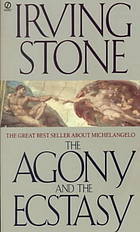 5. The Agony and the Ecstasy by Irving Stone
5. The Agony and the Ecstasy by Irving Stone
“Talent is cheap; dedication is expensive. It will cost you your life.” ― Irving Stone, The Agony and the Ecstasy: A Biographical Novel of Michelangelo
I read this novel way back in 1993, while I was studying oil painting, ceramics and Italian art history — living in the blessed city of Florence, Italy. This is a classic and moving tale about Michelangelo.
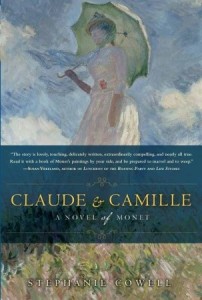 6. Claude & Camille by Stephanie Cowell
6. Claude & Camille by Stephanie Cowell
“Sometimes he dreamt he held her; that he would turn in bed and she would be there. But she was gone and he was old. Nearly seventy. Only cool paint met his fingers. “Ma très chère . . .” Darkness started to fall, dimming the paintings. He felt the crumpled letter in his pocket. “I loved you so,” he said. “I never would have had it turn out as it did. You were with all of us when we began, you gave us courage. These gardens at Giverny are for you but I’m old and you’re forever young and will never see them. . . .”
― Stephanie Cowell, Claude & Camille: A Novel of Monet
I cried at one point in this read. It is a touching and beautifully wrought story. The writing is exquisite and vivid: irresistible. I highly recommend this novel about French painter Claude Monet and his muse, Camille.
7. I’m currently reading The Art Forger by B.A. Shapiro and loving it, but I’m not yet finished, so I will wait to comment!
My to read list: The Creation of Eve by Lynn Cullen, The Miracles of Prato by Laurie Lico Albanese, Lydia Cassett Reading the Morning Paper by Harriet Scott Chessman, The Painted Kiss and The Wayward Muse by Elizabeth Hickey, The Hypnotist by M.J. Rose
Please leave a comment and your favorite Art in Fiction titles!
For more highly recommended books visit my blog page “Recommended Reading: Fiction with Art/Artist”

